
This is an image I took a while ago at the Krohn. It's really great to have such a large wonderful place so close that we can go anytime of the year to take photographs. No matter what the temperature outside, it's beautiful in there. Today I want to talk about the different modifiers available for the speedlights, and what they do. So lets get to it.
A light modifier is anything that controls the direction of the light, and where it falls. The best examples of ones made for small speedlights are the products made by Honl Photo. Here is a picture of some of their stuff, which is a clickable image. Click on the photo and it will take you directly to his site for purchase of any of these products.
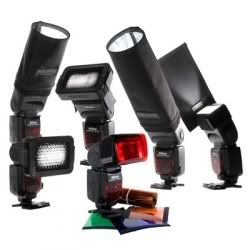

The First and most basic type of modifier is a bounce card. The bounce card is anything attached to the top of the flash that will bounce the light towards the subject when the flash is pointed strait up. The SB800 has a small bounce card built into it, but not really as useful as even a 3 1/2 by 5 inch index card. as you can see from the image above, there isn't a whole lot to it. The best resource I have found on the net is from
A Better Bounce Card . There are some really great video tutorials on there on how to make a flash card. I usually just rubber band an index card around my flash and call it a day.
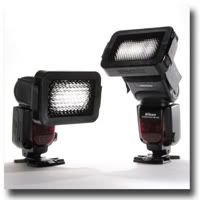
This is a grid. The basic job of a grid is to narrow the beams of light which produces a small circle of light on the subject. If you take a grid apart it looks like a set of honeycombs. This produces a dramatic effect on the subject. It is a very useful way of limiting the amount of light that spills outside of the intended area. The best units I have found are the ones made by Honl listed above.
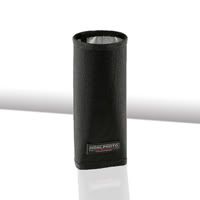
Last but not least is the snoot. The snoot is basically a tube that directs light to a specific point. It makes your flash act almost like a spot light. It will put a very concentrated beam of light where you direct it. This is useful when doing dramatic lighting. Tomorrow I am going to do a step by step tutorial on how to do a homemade snoot. See you then. Jason
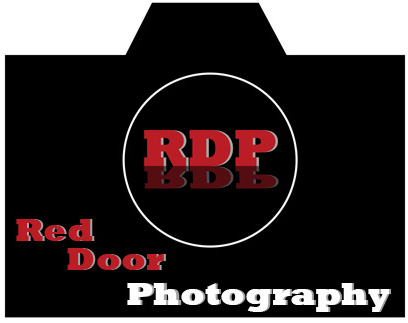


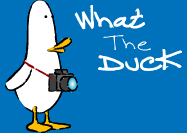


No comments:
Post a Comment